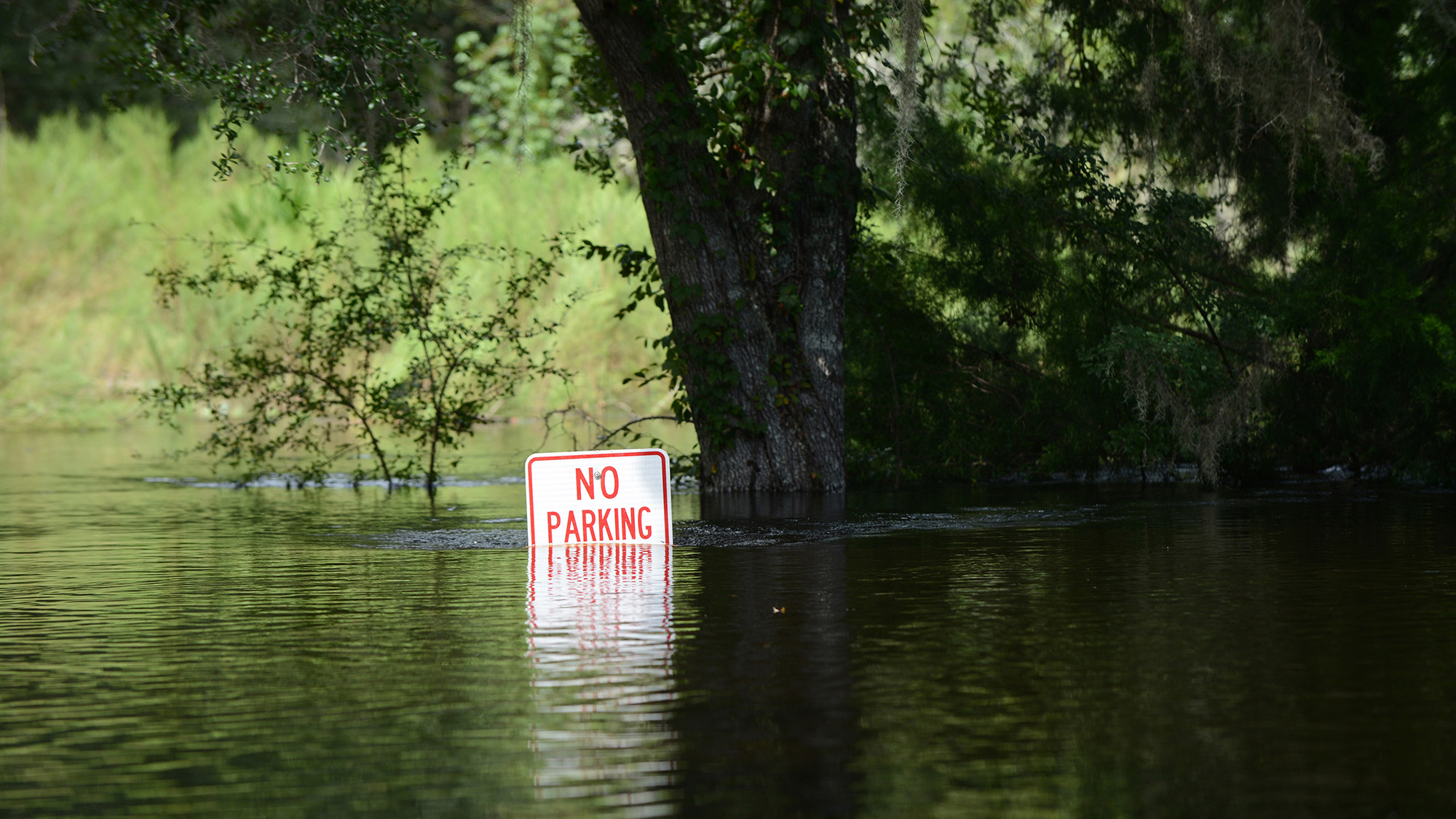Now Reading: 1 in 4 Homes in India Face Severe Extreme Weather Risk
-
01
1 in 4 Homes in India Face Severe Extreme Weather Risk
1 in 4 Homes in India Face Severe Extreme Weather Risk

### Speedy Summary
– Extreme whether disasters, exacerbated by climate change, have caused meaningful damage to homes in the U.S., totaling $20 billion in direct damages this year alone.
– Over 63,000 residential buildings and other structures have been destroyed due to wildfires, tornadoes, floods, and hurricanes.- A report by Realtor.com estimates that slightly more than 1 in 4 U.S. homes-worth nearly $13 trillion-are vulnerable to severe or extreme climate risks.
– Primary threats include hurricane-related wind damage (18%), flood risk (6%), and wildfire risk (5.6%).
– Rising insurance costs are hitting homeowners hardest in low-value,high-risk areas such as Florida and Louisiana. Such as:
– Miami’s premium-to-market-value ratio is 3.7%, leading homeowners of a $500,000 house to pay ~$18,500 annually for insurance premiums.
– Other states with high costs include Oklahoma and Texas.- Real estate platforms such as Realtor.com are increasingly incorporating climate risk data into their analysis for real estate markets.
– Climate risk mapping may evolve into a national standard; some U.S. states already mandate flood or wildfire exposure disclosures.
*Caption*: A damaged house near the Guadalupe River after flash flooding on July 8th
*Source*: Ronaldo Schemidt/AFP/Getty Images
### Indian Opinion Analysis
The findings underscore how global shifts from climate change have cascading effects not just on disaster-prone zones but also on related industries like insurance and housing affordability.This situation could serve as a critical warning for geographies at similar levels of vulnerability globally-including parts of India frequently affected by cyclones or floods.
India faces parallel risks with increasing pressure on insurers following natural disaster episodes like annual monsoons that lead to urban flooding or coastal damage from intense cyclonic activity-as seen recently during storms like Cyclone Mocha or Tauktae.
While India’s adoption of real-time climate risk assessment tools lags behind countries investing heavily into systems akin to what Realtor.com uses now widespread mapping predictive relief gains pressures expand future swift replicable concerns Mathfirms investor-linked data-sharing clean accurate grounds positioning locally both public-privateforces wealth management investing readiness nextsig regulatory evolutions responding-centric tokens preventative measures Read More



























